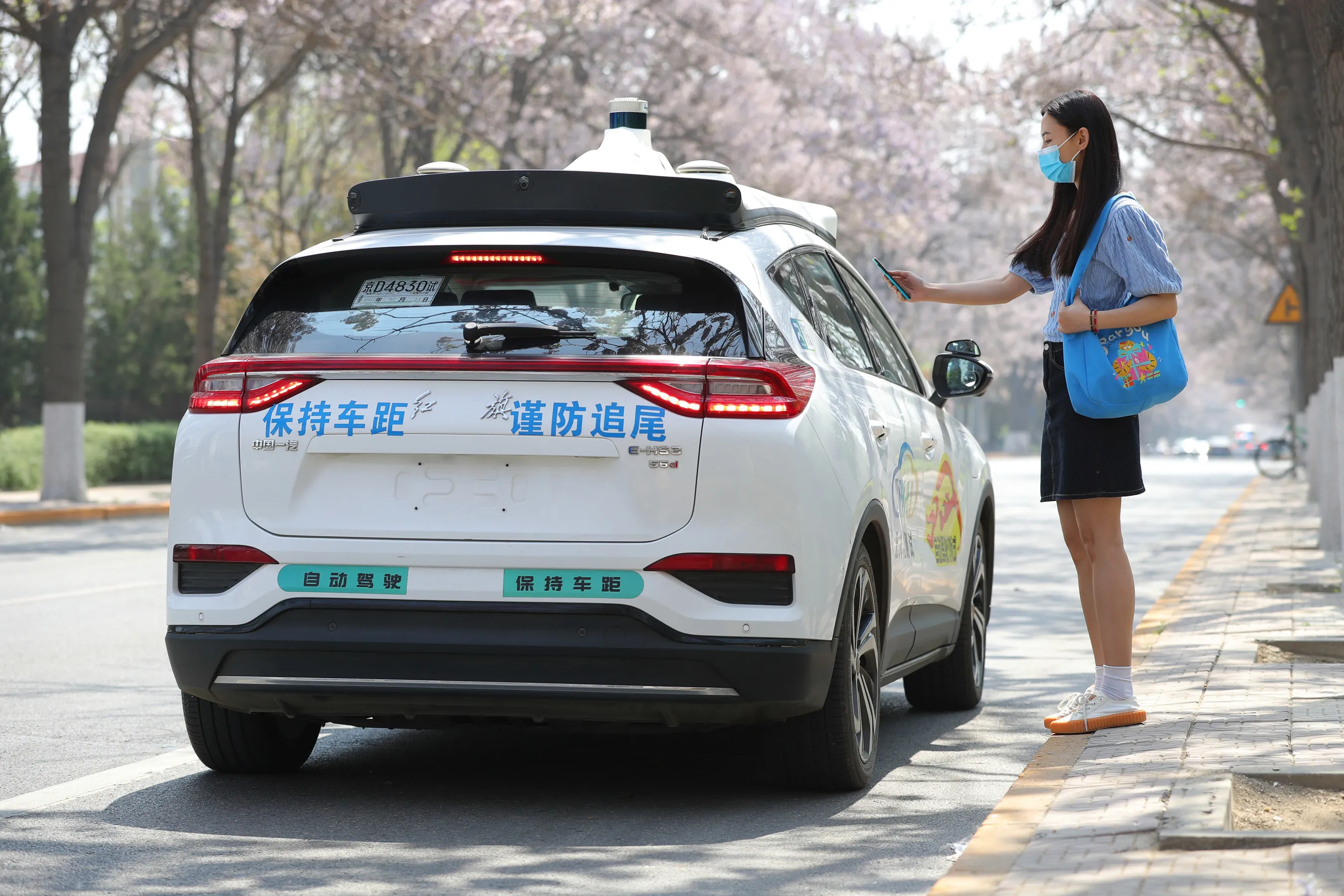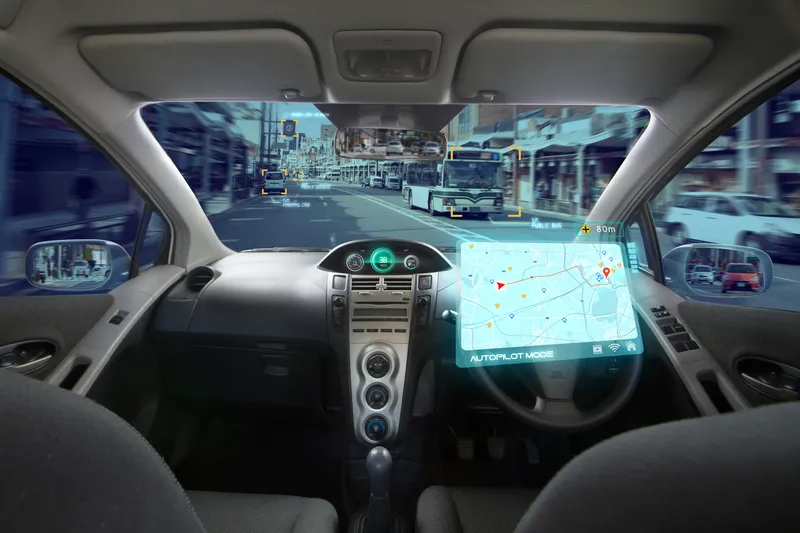Bombardier Transportation says its automated people mover (APM) 300 system will help manage increasing passenger numbers at China's Shenzhen Airport, terminal 3. The contract, valued ¥453m (£53m), will be carried out by CRRC Puzhen Bombardier Transportation Systems (PBTS) and is expected to be operational in 2020.
PBTS is a joint venture between Bombardier Transportation and Chinese railway rolling stock manufacturer CRRC Nanjing Puzhen.
Through the agreement, PBTS will deliver an integrated system
June 21, 2018
Read time: 1 min
PBTS is a joint venture between Bombardier Transportation and Chinese railway rolling stock manufacturer CRRC Nanjing Puzhen.
Through the agreement, PBTS will deliver an integrated system package, including 18 cars, for a 2.6 km APM line and will connect an airside satellite to the terminal.
The company says Innovia features spacious interiors to accommodate high passenger volumes and customised seating to suit urban and airport applications. The vehicle also includes designated spaces for passengers with restricted mobility.









